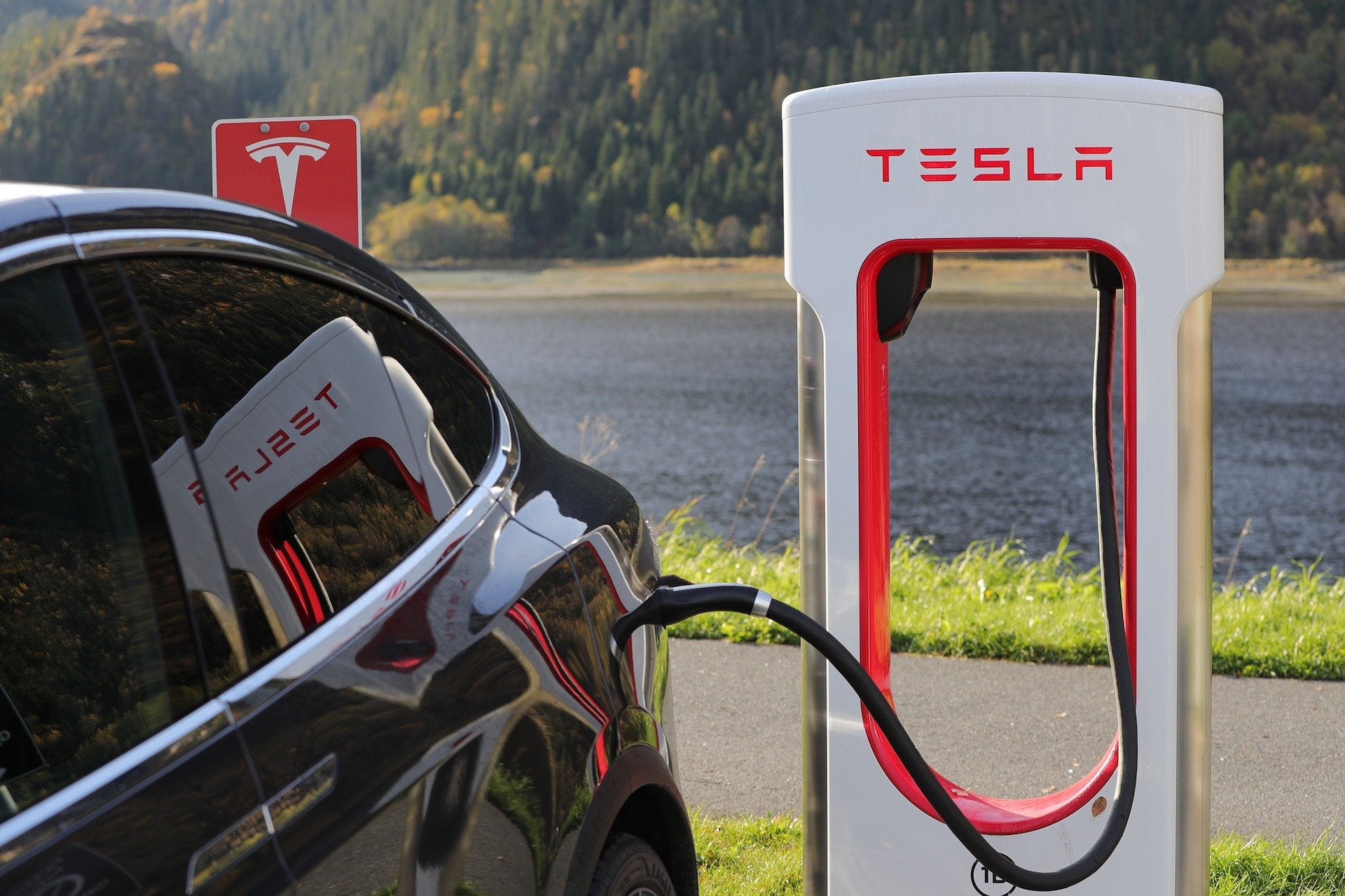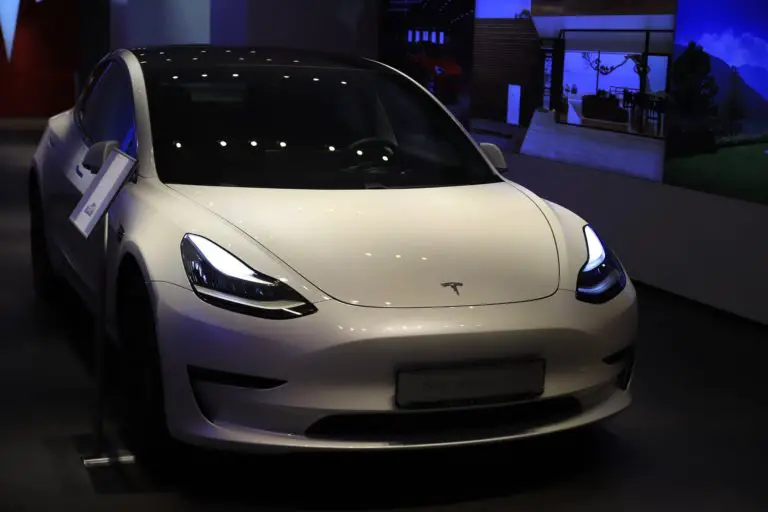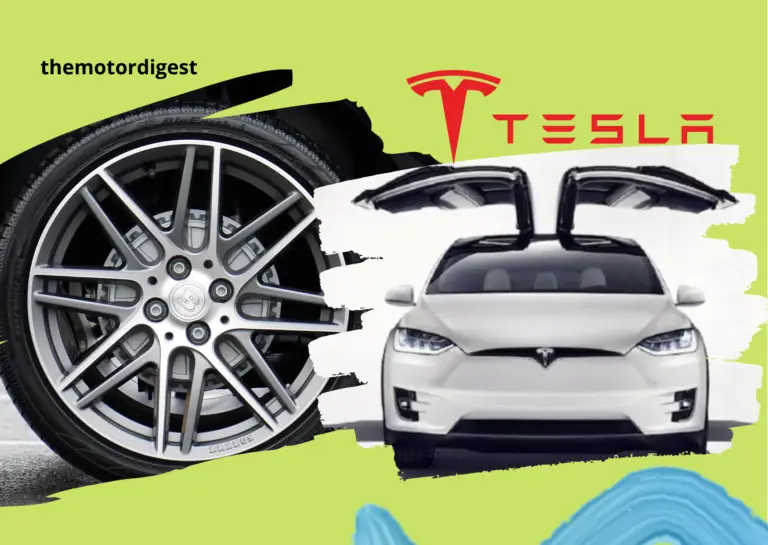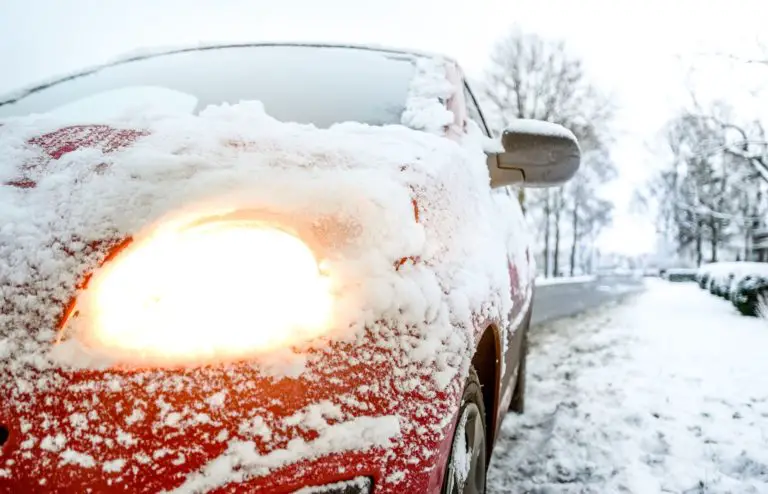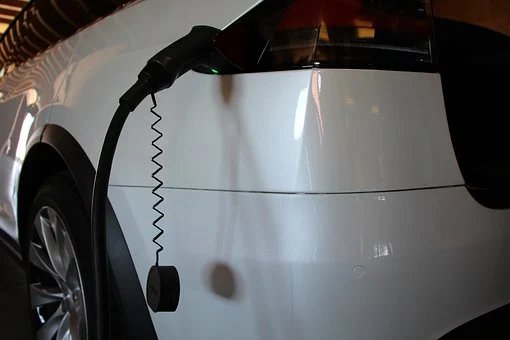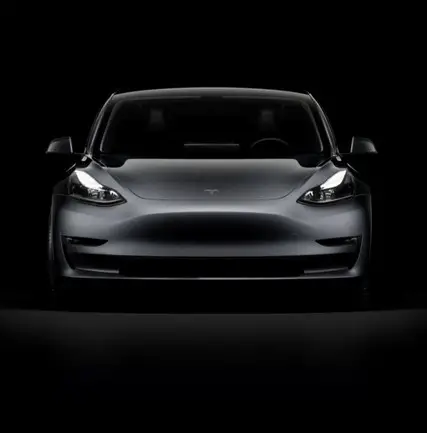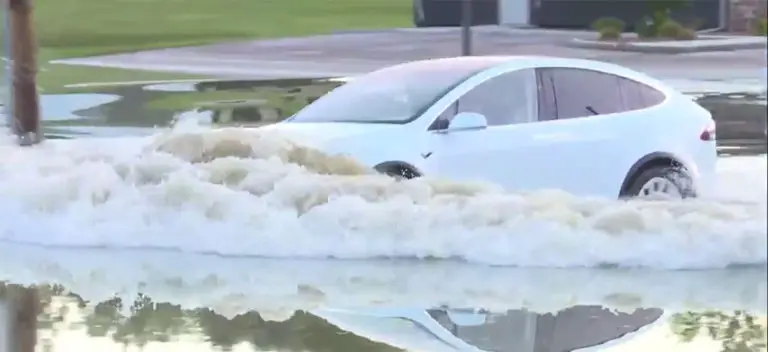Can You Charge A Tesla When It Rains?
Tesla has become the generic name people use when talking about electrically powered vehicles. When Tesla first launched the Tesla Roadster in 2009, it was considered a novelty; most manufacturers barely acknowledged its existence. How times have changed, Tesla is now the most valuable motor manufacturer globally, and its vehicles are daily transport for just under 2 million people.
All the electrical systems associated with charging the Tesla are sealed to prevent water ingress. Once the charging cables are connected to the Tesla, the car’s computers check for anomalies if something is wrong, no current flows.
Even though Tesla’s are powered by electrical current, which is generally considered unsafe to use in the presence of water, the Tesla systems have multiple protections and safeguards built in to ensure that the operations are safe.
Table of Contents
-
Why Are Tesla Cars Safe To Charge In Rain?
- Protect The Tesla Charging Cable In The Rain
- Monitor Pools Of Water If Charging The Tesla In The Rain
- Don’t Let Plugs Submerge When Charging The Tesla In The Rain
- Be Careful How You Handle The Charger Plug
- Be Careful Of High-Pressure Water When Charging Your Tesla
- Cover The Connection When Charging The Tesla In Rain
- Make Sure Your Wall Charger At Homes Is Protected From The Rain
- Use Common Sense When Charging Your Tesla In The Rain
- Conclusion
Why Are Tesla Cars Safe To Charge In Rain?
Usually, the thought of using anything which is powered by electricity in the rain sounds crazy. The reality is that Tesla’s are designed to be used in the same circumstances as any car powered by an internal combustion engine.
The primary difference, of course, is that when an internal combustion engine-powered car needs more petrol, the driver goes to the gas station and fills the tank.
Tesla cars have been designed to operate in the same way. Instead of opening the gas cap, the Tesla owner activates the charging point lid and reveals the charging point.
Until the charger plug is correctly attached, the charging cable does not have any live current flowing through it.
When the charger is plugged in, the Tesla and charger communicate with each other, and if the connection between the charger and the Tesla does not produce a nominal set of values, the charger won’t send any current.
It makes it completely safe to stand in the rain and hold the charging cable. Your safety and the safety of your vehicle are assured. The rain will cause no damage while you are hooking everything up.
Despite the built-in safety protocols, it is still a good practice to exercise some precautions as with all equipment.
Protect The Tesla Charging Cable In The Rain
Even though the systems do not allow current to flow through the charging cable until the electronic “handshake” permits the charge to start, it is good to practice treating the wire as being “live.”
Monitor Pools Of Water If Charging The Tesla In The Rain
Don’t let the cable lie in pools of water.
Although the cable is well insulated, water may breach the insulating layer if the chord has been compromised. If this happens, it does not pose a safety risk, as there will be no current flowing; however, it will mean that you can’t charge to Tesla.
Don’t Let Plugs Submerge When Charging The Tesla In The Rain
If the connector does fall into a puddle, treat it with caution. Although there will be no current flowing, if you try to connect it to the Tesla, the computer will register a problem and not permit the charging to start.
If the connector at the end of the cable does fall in the water, use another charger.
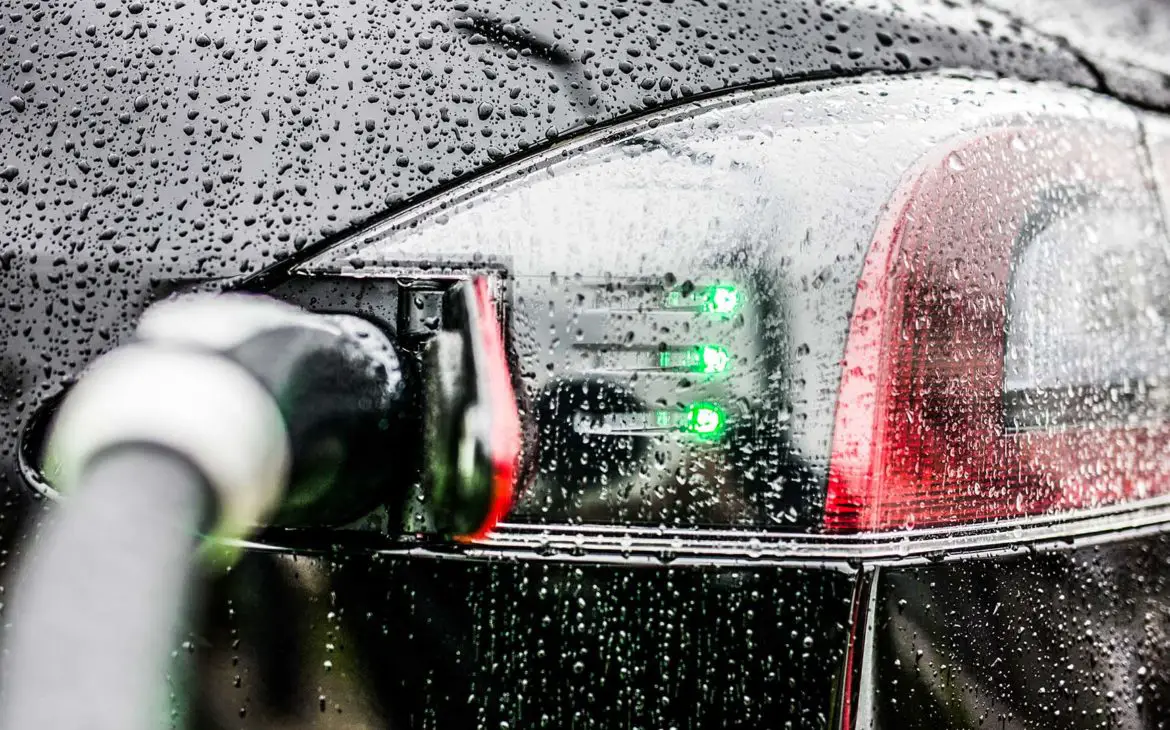
Be Careful How You Handle The Charger Plug
Do not hold the charging plug with your fingers touching the electrical contacts.
Although if the systems are operating correctly, there will be no current, if there is a fault and the failsafe has been compromised, it will ruin your day.
Be Careful Of High-Pressure Water When Charging Your Tesla
Never spray high-velocity water at the charging point while you charge the Tesla.
As unlikely as this may sound, it could happen when the car is being washed. Once again, if water does enter the system, the Tesla will stop charging, which will be inconvenient but not dangerous.
Cover The Connection When Charging The Tesla In Rain
If you charge the Tesla in driving rain, and the charging point is not undercover, try to screen the charging connection.
You can do this by carrying a small piece of waterproof material that you can wrap around the plug when connected.
If rain does get in the port, the charging process will stop.
Make Sure Your Wall Charger At Homes Is Protected From The Rain
Although supercharging stations are well protected from the elements, this may not be the case with your home charger.
When the wind is involved, rain can come down at an angle to reach the outlet. It could cause an issue if it is not indoors or entirely covered by an awning or roof ledge.
Because the plugs installed outside may not be Tesla OEM parts, they may not conform to Tesla’s safety protocols.
If this is the situation, be very careful when accessing the external plug point. It is strongly recommended that if non-OEM equipment has been installed, these devices be changed to Tesla-approved plugs.
If you do not have an option but to use non-OEM equipment, ensure that it is installed by a certified electrician and is:
- Completely weatherproof
- Grounded correctly
- Make sure the plug point has a safety cover insulated from water ingress
An unsuitable plug does not pose a risk to Tesla because the car will not permit a charge which doesn’t score correctly on the electronic handshake, but it does pose a risk of injury if the plug is compromised by rainwater.
Use Common Sense When Charging Your Tesla In The Rain
Despite all the safety protocols incorporated by the manufacturer, it is good to practice exercising standard safety rules when charging the Tesla in the rain. These include.
Always Treat All Cables And Connections As “Live”
Even though Tesla has incorporated many safety protocols in the charging process, there are instances where equipment will fail. Vandals may damage cables or charging stations, or even the weather may be more extreme than the designers had envisaged.
Whatever the case, always treat every cable and plug as a live connection, with the total wattage flowing. To do this:
- Only ever hold the plug by the plastic casing
- Never spray high-pressure water at the plug socket (whether connected or not)
- Never let the extension chord rest in pools of water
- Before inserting the plug, use a clean cloth to dry it
- When connected, shield the charging plug from the driving rain
- If it is raining, open the Tesla charging cover and plug the cable in as quickly as you can
Conclusion
It is safe to charge your Tesla in the rain. The car has very robust safety protocols that ensure that no water can ingress the system, and if water does get inside, the system won’t start the current flowing. The most significant risk is that you will be frustrated by not charging the car.
Despite the safety protocols, it is always good to exercise extreme caution around any electrical equipment, especially if water is in the mix. Always assume that the safety protocols are not always working and treat all plugs and other connectors as “live.”
Amazon and the Amazon logo are trademarks of Amazon.com, Inc, or its affiliates.

